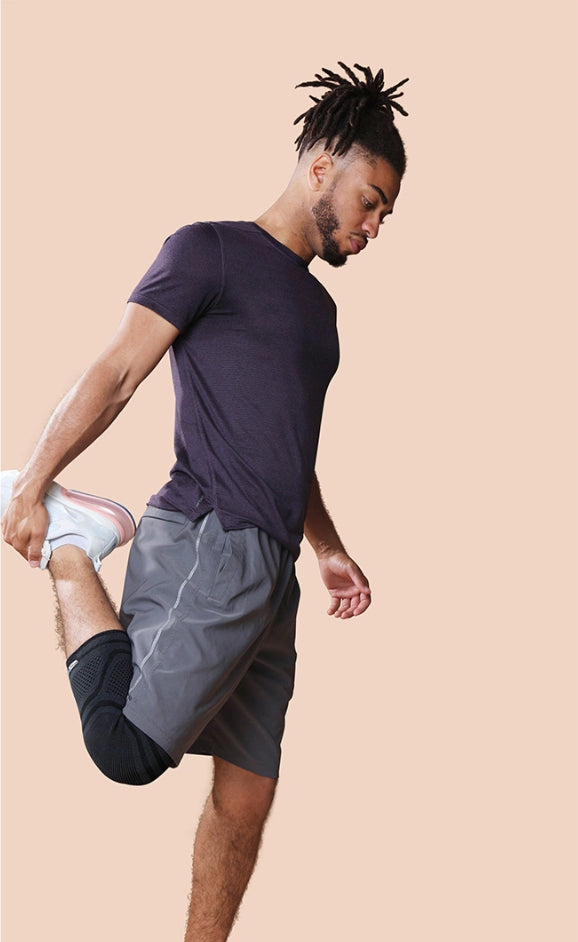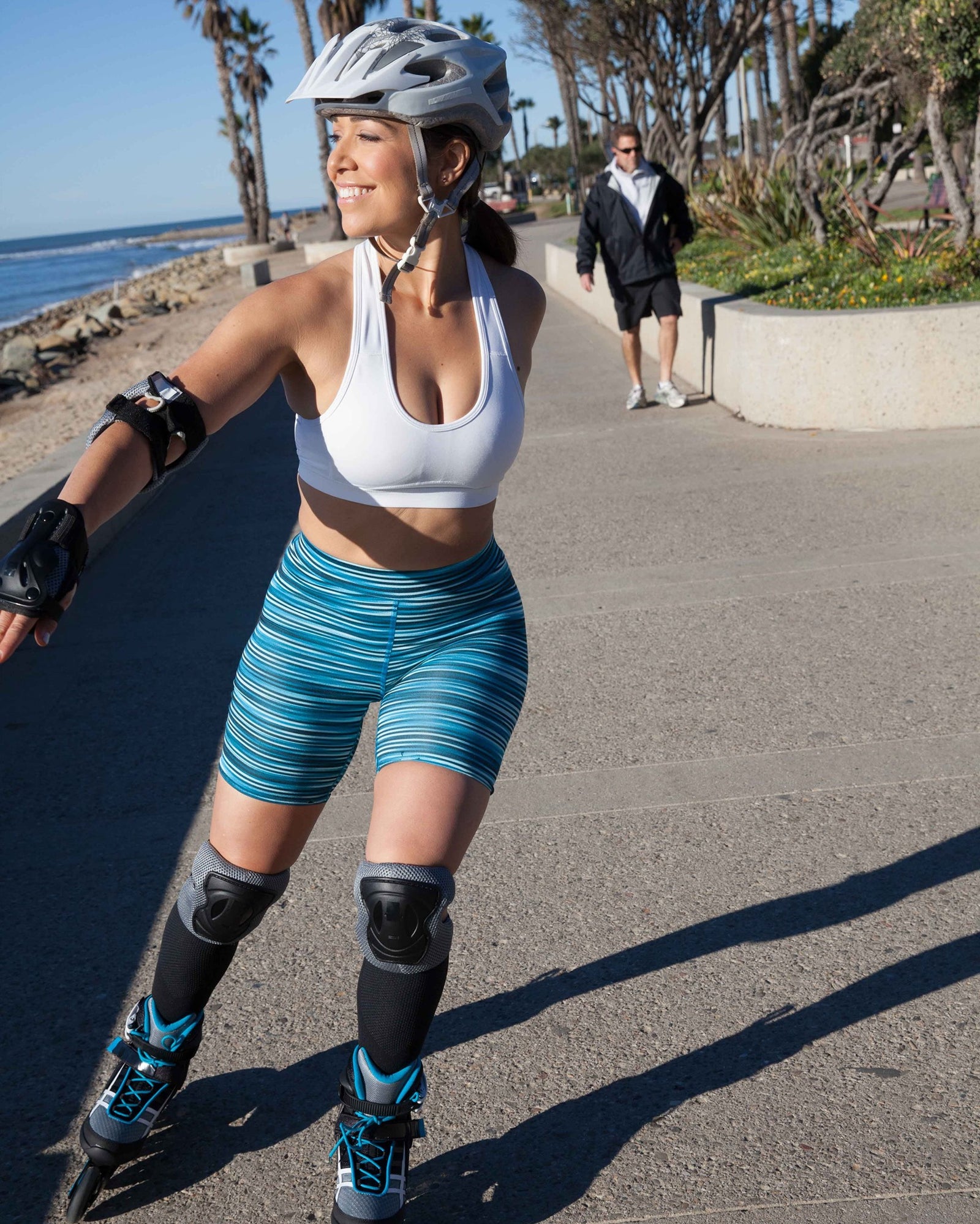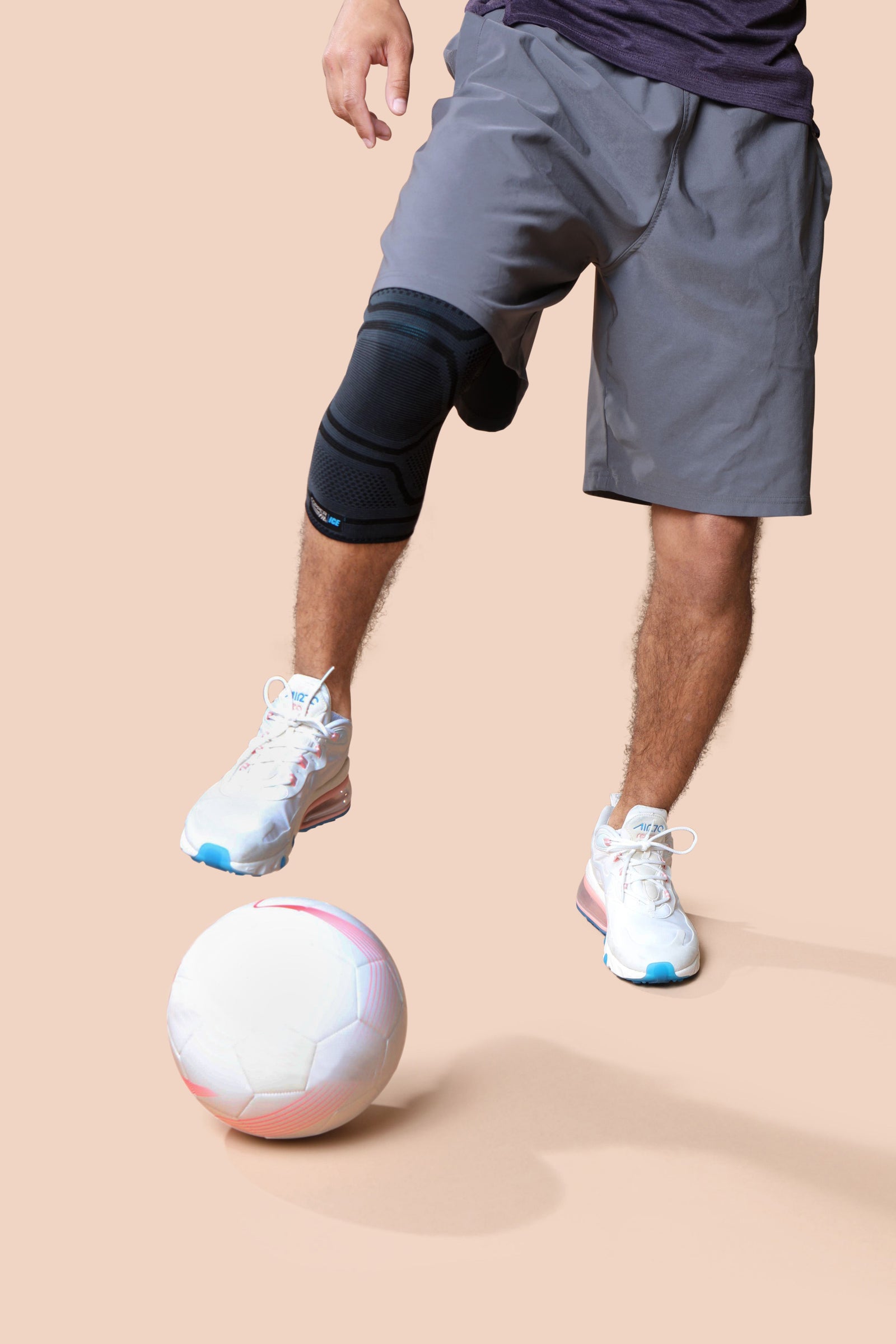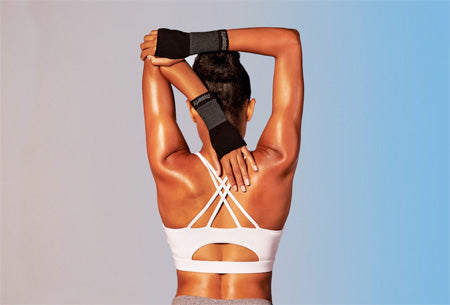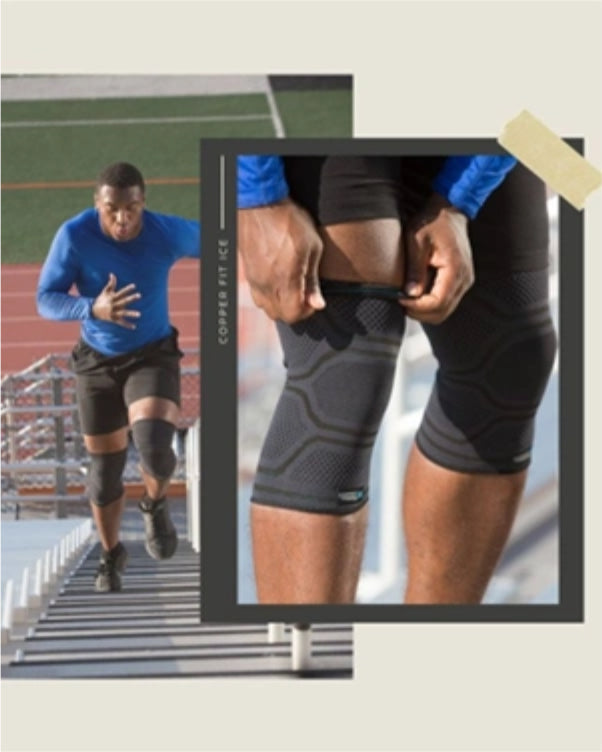Continue Shopping
Your cart is empty
Free shipping on orders over $65
Free socks with any purchase
Free shipping on orders over $65
Free socks with any purchase

G | R | 0 Accounts
Key Takeaways
Proprioception and kinesthesia are two key elements of how your body moves through space. Proprioception is your body’s internal awareness of where your limbs are without needing to look. Closely related, kinesthesia refers to your awareness of how your body feels while it moves.
Together, these systems help you react quickly, stay balanced, and move efficiently. Whether you’re walking down stairs, catching your balance after a misstep, or reaching out to grab something without looking, proprioception and kinesthesia are working behind the scenes to guide and protect you.
Training these systems can improve coordination, reduce your risk of injury, and help your body recover from soreness or instability. Proprioceptive training can enhance everyday movement, making it easier to stay active, steady, and mobile.
When your proprioception is strong, your brain gets clear, fast signals from your joints and muscles. That helps you correct movements in real time. But when proprioception is weak due to fatigue, overuse, a joint injury, or age, your balance, reaction time, and coordination can suffer.
This becomes especially important after periods of discomfort or recovery. Movement may feel shaky or uncertain. You may hesitate more or feel less sure about your footing. That’s where targeted proprioception exercises come in. They help reset that connection between your body and brain, so you can feel more confident in your movement again.
Incorporating proprioceptive training into your routine supports multiple aspects of movement health:
If you’ve ever felt like your balance is off or your movements aren’t as smooth as they could be, proprioceptive work can help restore that control. Research also suggests that proprioception exercises can enhance your overall performance by supporting muscle control and coordination.
So, whether you’re getting back into the groove following an injury or are trying to improve your game, proprioception exercises can help get you there.
Your body is full of tiny sensors known as proprioceptors, located in your joints, muscles, and tendons. These sensors send messages to your brain, telling it how your body is positioned and moving.
The nervous system takes that information and makes adjustments in real time. For example, if you step on uneven ground, proprioceptors alert your brain, which quickly activates nearby muscles to stabilize you.
Over time, consistent proprioceptive training helps your nervous system process these messages more effectively. That means faster reactions, better balance, and more control over how you move.
The short answer: everyone. These exercises are valuable for athletes looking to improve performance and control, but they’re just as important for everyday adults who want to stay steady and mobile.
They can be especially useful if you:
You don’t need special equipment to begin. Focus on control and awareness over intensity. Start on a stable surface, in a distraction-free space, and give your body time to adjust.
Begin with slow, steady movements. Pay attention to how your body feels as you shift your weight, hold a position, or move through space. Wobbly is normal. That means your proprioceptors are being challenged, and that’s the goal.
Supportive shoes or bare feet can help you better feel the ground. If you ever feel unsure, stand near a wall or chair for balance.
These exercises are designed to activate proprioceptors and retrain your brain-body connection. Work through them at your own pace and progress as you build confidence.
Stand tall and lift one foot off the ground. Hold for 20-30 seconds, then switch legs. Focus on staying still, keeping your hips level. For more of a challenge, try closing your eyes or standing on a soft surface like a folded towel.
Walk forward in a straight line, placing one foot directly in front of the other so your heel touches your opposite toe each step. This tightrope-style walk trains coordination and foot placement.
Stand on a balance pad, pillow, or foam cushion. Hold your balance while engaging your coreand stabilizing through your hips and ankles. Try light arm movements to increase the challenge.
Step onto a stable box or platform with one foot, lift your opposite knee toward your chest, then step back down. Alternate legs. Focus on controlling your movement and posture throughout.
Place a resistance band just above your knees. Take slow, sideways steps while keeping tension in the band. This helps activate your hips and glutes while improving lateral stability.
Lunge forward, backward, and sideways, alternating legs. Control each lunge with steady core engagement and smooth transitions.
Perform squats on a surface that requires added balance, like a Bosu ball or balance disc. This encourages knee and ankle stability.
Lie on your back with knees bent, feet flat. Lift your hips into a bridge, then slowly extend one leg without dropping your hips. Switch legs after each rep.
Stand on one foot and gently swing your opposite leg forward and back, then side to side. Keep your torso tall and avoid leaning.
Start on hands and knees. Extend one arm and the opposite leg, hold briefly, then return. Alternate sides. Keep your hips square and your movements controlled.
From a plank position, lift one hand and tap your opposite shoulder. Alternate sides while keeping your hips steady.
Lie on your back with arms and legs lifted. Slowly lower one arm and the opposite leg while keeping your core engaged, then switch.
Once you feel more stable with these movements, you can start adding layers of challenge. Try slowing the pace, using unstable surfaces, or incorporating light resistance. You can also increase complexity by combining movements, like holding a single-leg stance while doing an overhead press.
These exercises can be added to warm-ups, active recovery days, or cool-downs. You don’t need to overhaul your routine. You just need a few minutes of focus to make a difference.
Proprioception is your sense of body position, like knowing where your limbs are without looking. Kinesthesia refers to your sense of movement. They work together to help you move safely and efficiently.
Yes. These exercises are helpful for athletes, beginners, older adults, or anyone recovering from tension or instability. They’re designed to support healthy movement and balance for all activity levels.
Two to three times a week is a great place to start. Short, focused sessions can be added to warm-ups, cooldowns, or active recovery days for consistent improvement.
At Copper Fit, we know how frustrating it can be when your body doesn’t move the way you want it to. Maybe you feel unsteady, stiff, or like you’re working harder than usual just to stay balanced. That’s where proprioception training can make a real difference.
These exercises support what your body is already built to do: adapt, stabilize, and keep moving forward. Whether you’re returning to activity after a tough season or simply looking to stay steady and strong, adding a few proprioceptive drills into your week can help you feel more in control of your movement.
Supportive compression gear can also play a role in improving kinesthetic awareness. Gentle pressure from compression sleeves or socks may help enhance sensory feedback from joints and muscles, giving your brain clearer signals about where your body is in space. This extra layer of stability can help you feel more grounded and confident during movement or recovery.
You don’t have to be an expert to start. You just have to start. And we’re here to support you every step of the way.
Sources:
Proprioception: What It Is, How To Improve It & Disorder | Cleveland Clinic
Assessing proprioception: A critical review of methods | PMC
Effects of proprioceptive training on sports performance: a systematic review | PMC
